New Year and all that Jazz!!
For those who need a primer on these two jazz legends, here goes:
 Herbert Jeffrey Hancock (born April 12, 1940) is an Academy Award- and multiple Grammy Award-winning jazz pianist and composer from Chicago, Illinois, USA. Hancock is one of jazz music's most important and influential pianists and composers. He embraced elements of rock, funk, and soul while adopting freer stylistic elements from jazz.
Herbert Jeffrey Hancock (born April 12, 1940) is an Academy Award- and multiple Grammy Award-winning jazz pianist and composer from Chicago, Illinois, USA. Hancock is one of jazz music's most important and influential pianists and composers. He embraced elements of rock, funk, and soul while adopting freer stylistic elements from jazz.Like many jazz pianists, Hancock started with a classical music education; Hancock studied from age seven. His talent was recognized early, and he played the first movement of Mozart's Piano Concerto No. 5 in D Major at a young people’s concert with the Chicago Symphony at age eleven.
 As part of Miles Davis's "second great quintet", Hancock helped redefine the role of a jazz rhythm section, and was one of the primary architects of the "post-bop" sound. Later, he was one of the first jazz musicians to embrace synthesizers and funk. Yet for all his restless experimentalism, Hancock's music is often melodic and accessible; he has had many songs "cross over" and achieve success among pop audiences.
As part of Miles Davis's "second great quintet", Hancock helped redefine the role of a jazz rhythm section, and was one of the primary architects of the "post-bop" sound. Later, he was one of the first jazz musicians to embrace synthesizers and funk. Yet for all his restless experimentalism, Hancock's music is often melodic and accessible; he has had many songs "cross over" and achieve success among pop audiences.Hancock's best-known solo works include "Cantaloupe Island", "Watermelon Man", "Maiden Voyage", "Chameleon", and the single "Rockit."

 education from New York University in 1956 and a two year army stint, Shorter turned professional in 1959 with the Maynard Ferguson Orchestra, which also included at the time Joe Zawinul. At the same time he became close friends with John Coltrane and the two would often get together to woodshed and discuss music. In the fall of '59, Wayne made his breakthrough joining Art Blakey's Jazz Messengers with Lee Morgan. Here his unique sound and his startling original compositions found a major outlet.
education from New York University in 1956 and a two year army stint, Shorter turned professional in 1959 with the Maynard Ferguson Orchestra, which also included at the time Joe Zawinul. At the same time he became close friends with John Coltrane and the two would often get together to woodshed and discuss music. In the fall of '59, Wayne made his breakthrough joining Art Blakey's Jazz Messengers with Lee Morgan. Here his unique sound and his startling original compositions found a major outlet.Wayne Shorter's music pumped new blood into the Miles Davis Quintet of the time with Herbie Hancock, Ron Carter and Tony Williams. And these unique innovators developed into a team that changed the sound of jazz.
Throughout the sixties, Wayne also recorded an impressive body of work under his own name for Blue Note. He also contributed his playing and compositions to countless other Blue Note sessions.
Wayne, Miles and Herbie Hancock would again change instrumental music in the late sixties with an open-ended music that would later be called fusion. Wayne and Joe Zawinul, both of whom can draw great drama and beauty from music using color, rhythm and leaping intervals, formed the most creative and innovative of fusion bands, Weather Report, which they co-led until 1985.

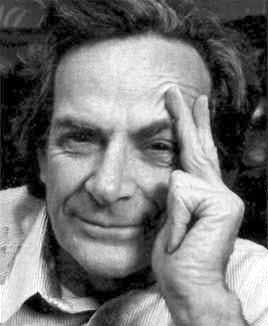




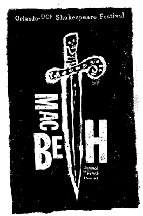

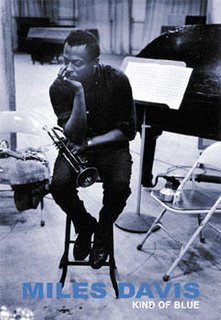





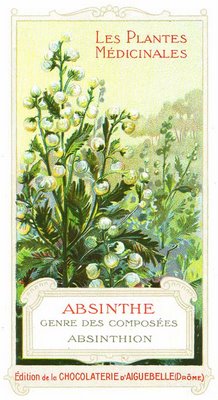




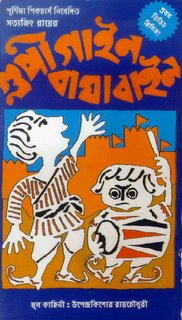
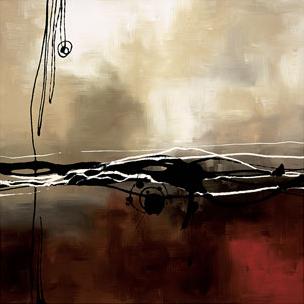
 Ok! So I’ve got music on my blog now… As you can see it’s a random selection. I love listening to a random playlist. These are some of my favorites and I have quite a lot of them. Actually each of them is special in some way…lessee…
Ok! So I’ve got music on my blog now… As you can see it’s a random selection. I love listening to a random playlist. These are some of my favorites and I have quite a lot of them. Actually each of them is special in some way…lessee…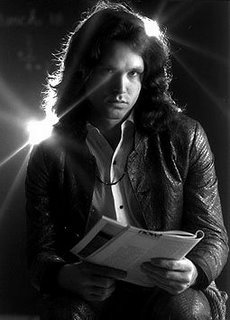
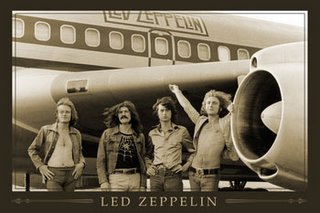 I will change the playlist fortnightly. I can take requests as well!
I will change the playlist fortnightly. I can take requests as well!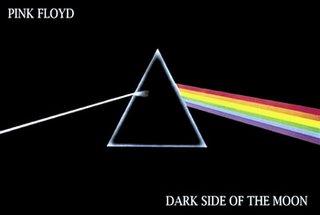

 That sounded like a 10 year old writing about his picnic trip to his grandmother! Anyway...
That sounded like a 10 year old writing about his picnic trip to his grandmother! Anyway...

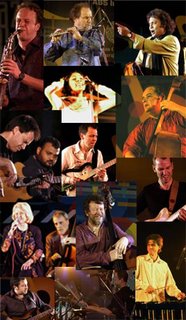

 I have become overtly unsocial lately. Its like I force myself not to socialize. I cant expect a good, interesting conversation from anywhere, even for five minutes.
I have become overtly unsocial lately. Its like I force myself not to socialize. I cant expect a good, interesting conversation from anywhere, even for five minutes.




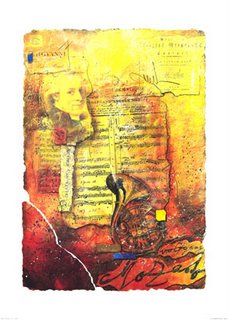


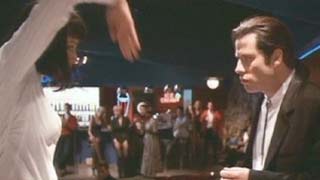
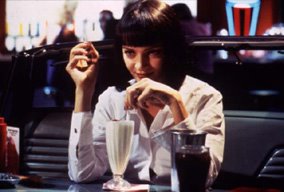

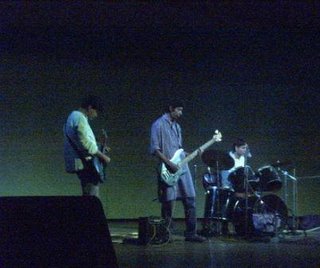
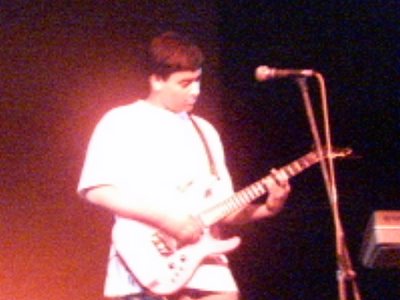
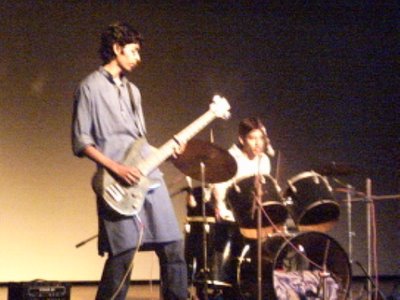
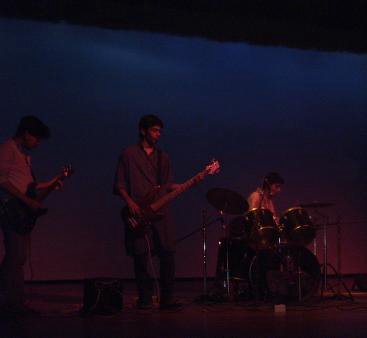 Sorry for the poor quality of the pics...the a.c. was too strong and the camera-person was shivering in the cold!!
Sorry for the poor quality of the pics...the a.c. was too strong and the camera-person was shivering in the cold!!